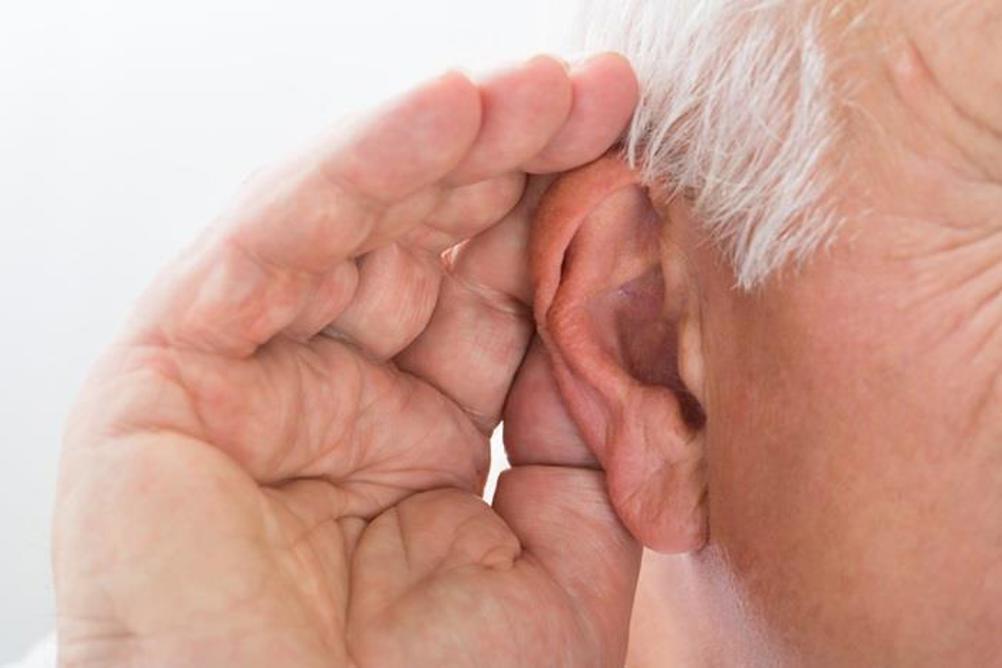
Stand on any train platform or wander any high street, and you will see people listening to something on their phones. The widened accessibility to smartphones, earphones and apps has meant that many are frequently listening to music, podcasts, radio programmes, or even learning a new language on the go. Listening has never felt so important in our daily lives, but it also feels like it’s taken for granted.
In the UK, hearing loss is a growing problem. Eighteen million adults are either deaf, losing their hearing or have tinnitus – that equates to one in three adults. This has a colossal monetary impact: the UK economy loses an estimated £25bn a year in unemployment and lost productivity because of hearing loss. For dental practitioners, hearing loss may not be a priority when treating patients. However, the association between temporomandibular joint disorder (TMD) and hearing loss demands a greater awareness, allowing practitioners to better help at-risk patients.
Register now to continue reading
Thank you for visiting Dental Nursing and reading some of our resources. To read more, please register today. You’ll enjoy the following great benefits:
What's included
-
Up to 2 free articles per month
-
New content available
Already have an account? Sign in here
